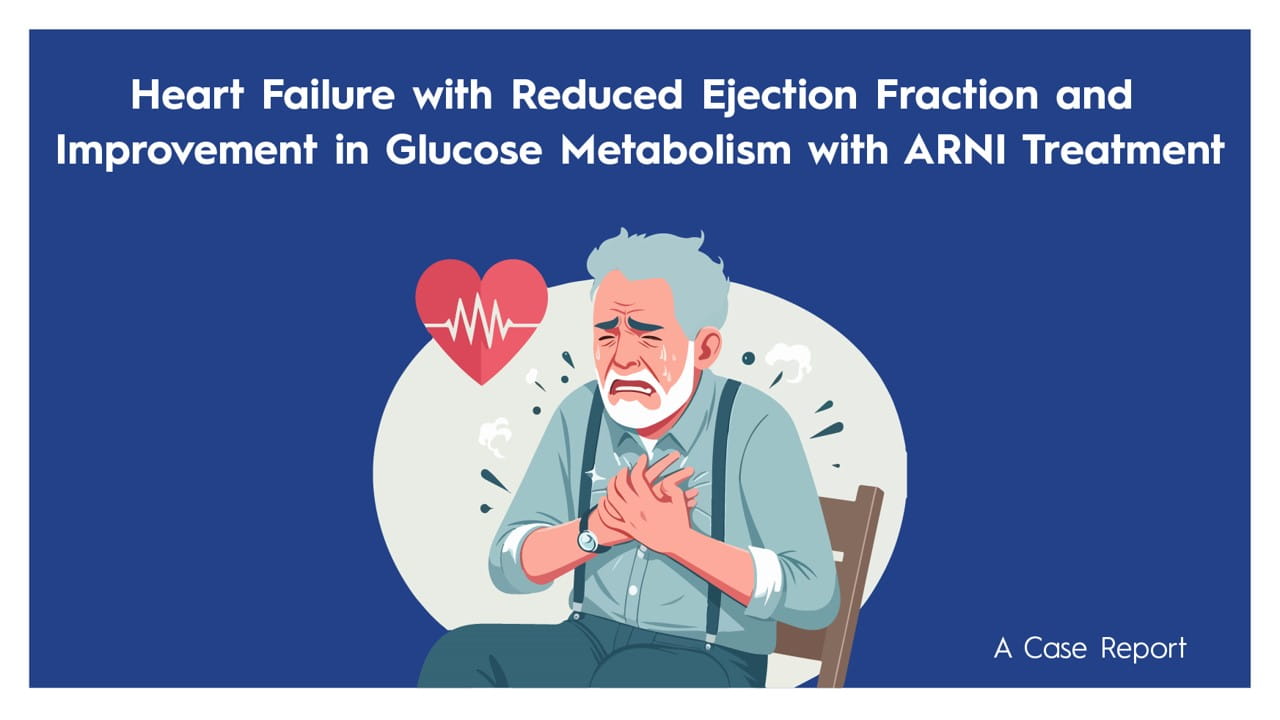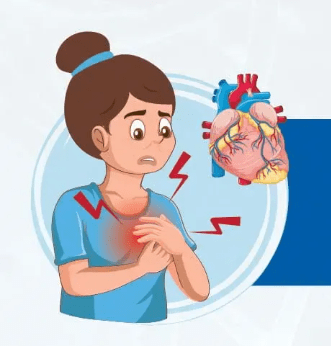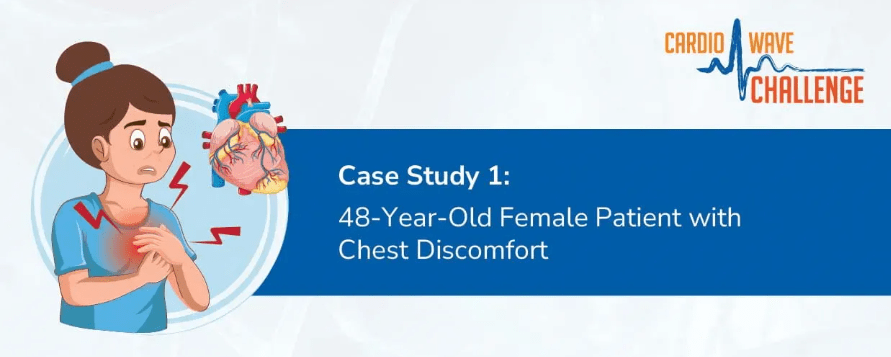ACC 2023: Core Knowledge in Action: What Everyone Needs to Know About HF-rEF in 2023
The session focuses on the basics of heart failure and reduced ejection fraction (HFrEF), universal definition and classification of HF, quadruple therapy and 2022 AHA Heart Failure Society Guidelines summary.
The global data on the disease burden of heart failure (HF) demonstrates that 56.2 million people live with HF with a majority of them being elderly > 70 years. Around 50% of HF patients are female despite the age adjusted prevalence being greater in males than females. Congenital heart disease is a major cause of HF across younger age group; in the general age spectrum hypertensive heart disease and ischemic heart disease remain the main causes. Ischemic heart disease accounts for the greatest proportion of heart failure in males and hypertensive heart disease in females. HF is a complex clinical syndrome caused by structural or functional impairment of ventricular filling and ejection. Based on staging HF, can also be divided into 4 stages: A (At-risk for HF) , B (pre-heart failure), C (Symptomatic HF) and D (Advanced HF). HF with reduced ejection or HFrEF is HF with a left ventricular ejection fraction of < 40%. The decreased cardiac output in patients with HFrEF results in unloading of high pressure bearing receptors in the LV carotid sinus and aortic arch. HF not only affects the ventricle but the elevated LV filling pressures, there is enlargement of left auricles (LA), eccentric hypertrophy. LA myopathy, annular dilatation of the mitral valve with functional mitral regurgitation and some advanced symptoms. In addition, there is development of pulmonary hypertension. Hemodynamic changes include the loss of inotropy resulting in a downward shift in the Frank Starling curve, decrease in stroke volume, compensatory increase in preload and increase in Left ventricular end-diastolic pressure (LVEDP), incomplete LV emptying and increase in blood volume. The characteristics, phenotype and treatment response as well as the cause of death gradually change as the EF increases in heart failure. Most people with HFrEF have comorbidities like hypertension, chronic kidney disease, ischemic heart disease, Afib, depression, cognitive dysfunction, cerebrovascular events, musculoskeletal disorders, anemia, thyroid disease, obesity.HF is common across the globe and its association with other comorbidities requires comprehensive care.
The definition of HF derived from multiple international heart failure societies has three relevant components establish the presence of signs and symptoms consistent with the traditional explanations for heart failure, establish the presence of ventricular dysfunction and identify evidence of congestion. Invasive strategy is the least favorable approach while non-invasive strategy (assessing biomarkers) is the preferred option. Thus diagnosing HF requires asking the patients about signs and symptoms and assessment of ventricular function. The diagnostic algorithm should include history, complete examination and natriuretic peptide assessment followed by a transthoracic echo. Upon a confirmed diagnosis, HF can be classified based on ejection fraction. The patient's history is important and can have an impact on the therapy. In patients with cardiomyopathy, a 3-generation family history must be obtained. This should be followed by identifying an objective biomarker to determine right sided or left sided atrial hypertension. There are several genetically associated and/or inherited criteria pathways which should be assessed during initial evaluation. While transthoracic echocardiography is the gold standard, chest X-Ray must be looked at to infer information on ventricle enlargement. For patients undergoing favorable or unfavorable change in their clinical syndrome, it's important to do serial imaging. If there is a likelihood of coronary artery disease, assess ischemia followed by a coronary angiography, exercise and functional capacity. Use a risk score to identify a positive or an unfavorable outcome to the patient. Quadruple therapy in HFrEF.
The four pillars of quadruple therapy for HfrEF are angiotensin renin receptor-neprilysin inhibitor (ARNI), beta blockers, mineralocorticoid receptor antagonist (MRA), sodium glucose cotransporter-2 inhibitor (SGLT2i). Beta blockers are effective in patients who have higher NYHA classes, in post-MI cases and they reduce mortality. The guidelines have a Class I recommendation for bisoprolol, carvedilol and metoprolol in symptomatic HFrEF. The ARNIs are superior to ACE inhibitors for reducing morbidity and mortality in patients with HFrEF and NYHA class II and III. If the patient is on an ACE or an ARB, replacement with ARNI is recommended. MRAs, although effective, are associated with hyperkalemia associated with hospitalization and deaths. SGLT2i cardiovascular trials showed that in patients with diabetes and atherosclerotic cardiovascular disease or risk these drugs were safe, effective and reduced the risk of cardiovascular death, stroke and HF. In patients with HF without diabetes, Dapagliflozin reduced CV deaths and HF-associated hospitalization. Apart from the quadruple therapy, ivabradine has a class 2 guideline recommendation; however, at a maximum tolerated dose and at a sinus rhythm with a heart rate of > 70 beats per minute. Vericiguat has a relatively weak class 2B indication. The survival enhancing medical therapy for HFrEF should include an ARNI, a beta blocker, an MRA and an SGLT2i. If their maximum tolerated dose is reached then other drug options should be sought (Isosorbide dinitrate hydralazine, Ivabradine, Vericiguat).
2022 ACC/AHA/HFSA Guideline Summary
The clinical management of HF should be initiated with the quadruple therapy of 4 pillars- ARNI, beta blockers, MRA, and SGLT2i If there is an improvement by 40%, the HFrEF medication can be continued. If not, then other treatment options must be considered after assessing several factors. Device therapy must also be considered as an additional medicine therapy. Advanced therapies such as mechanical circulatory support, cardiac transplant and palliative care all have class one recommendations. It is important to continue treatment to achieve a normal ejection fraction. In suspicion of cardiac amyloidosis, if monoclonal light chains are positive, the treatment involves hematology-oncology consultation. In asymptomatic patients with low ejection fraction and NYHA class I, Cardiac Resynchronization Therapy (CRT) has a weak recommendation. The main recommendation lies for symptomatic with NYHA class 2 and above with the left bundle branch block. CRT is also recommended in patients who are going to undergo RV pacing for AFib or normal sinus rhythm or for those with a complete AV block. For secondary mitral regurgitation, a HF specialist consultation is preferred. After maximal therapy, if the patient is undergoing coronary artery bypass graft (CABG), mitral valve surgery is a 2A recommendation. If mitral anatomy is favorable then transcatheter edge-edge repair is recommended. For quadruple therapy, clinical data has recommended to start all drugs at the low dose; titrate beta blocker in week 1, the second, third and 4th drug in the consecutive weeks later. At the end of 4 weeks, all drugs are at their maximum doses. In patients with HFrEF and iron deficiency, intravenous iron supplementation can help improve functional status and quality of life.
American College of Cardiology (ACC) International Congress 2023, 4th March - 6th March 2023, New Orleans




